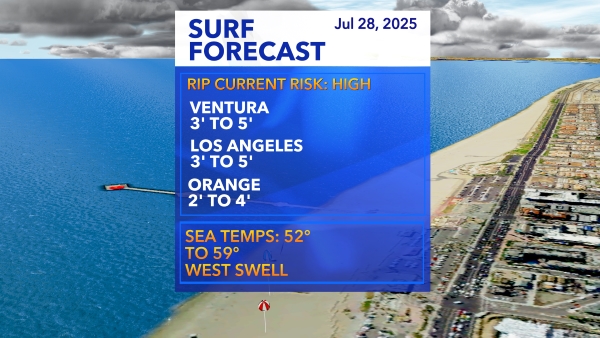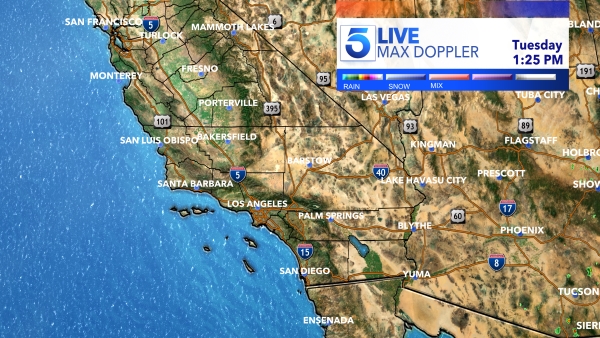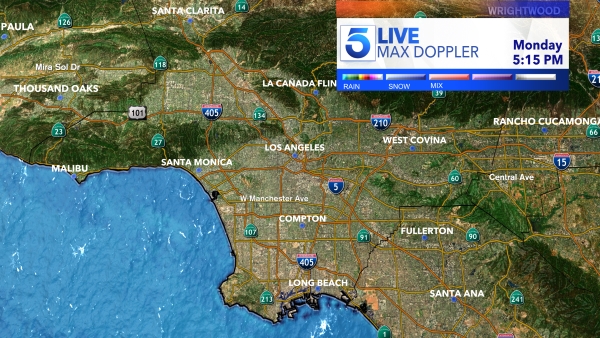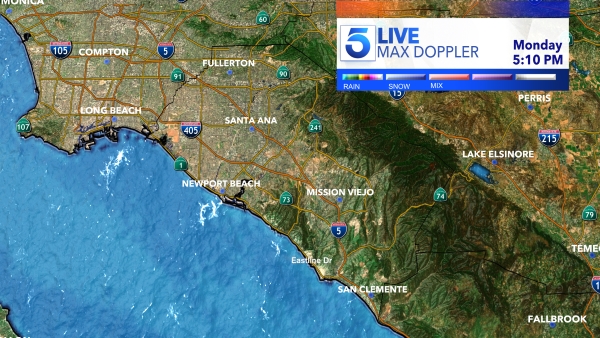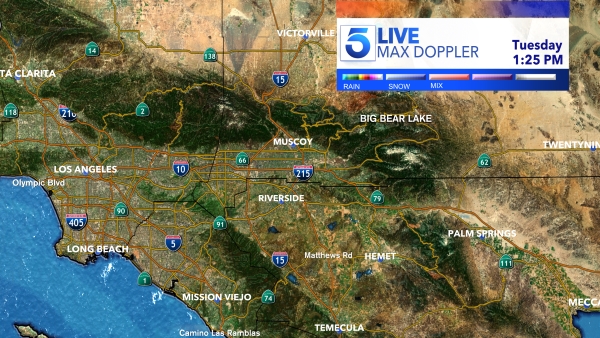Another powerful Pacific storm known as a bomb cyclone is hitting California this week, bringing periods of heavy rain and snowfall to many parts of the state.
So what exactly is a bomb cyclone?
A bomb cyclone goes by many names, among them, “explosive cyclogenesis,” a “weather bomb,” “explosive development” or “bombogenesis.”
“Bomb cyclone” has become the most widely used term.
Experts describe bomb cyclones as storms that typically form in winter when a “mid-latitude cyclone” undergoes rapid intensification over a 24-hour period. Conditions for this intensification often result when a cold and warm air mass collide, according to Daniel Swain, a climate scientist at UCLA.
“A bomb cyclone refers directly to the rate of strengthening, not necessarily to its absolute strength,” Swain told KTLA.
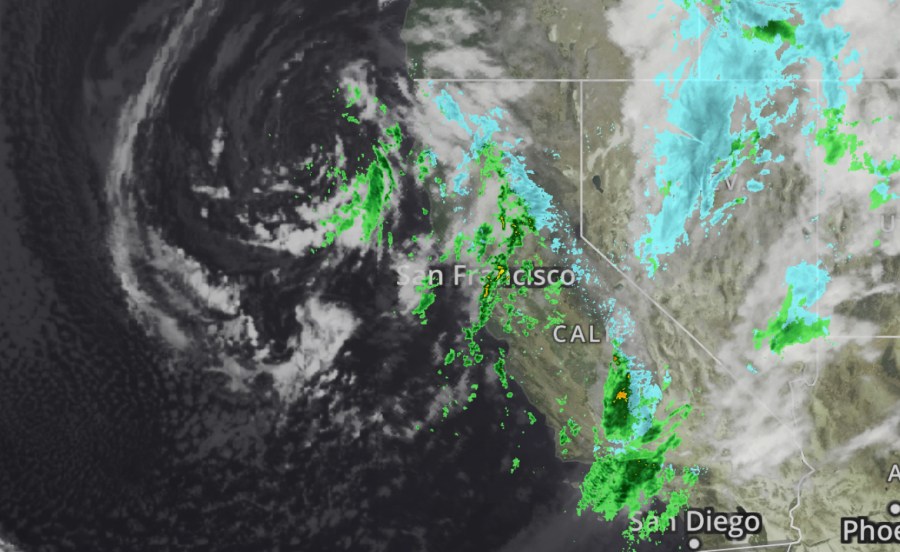
Despite their similarities in appearance, Swain says a bomb cyclone is not a hurricane.
“Hurricanes derive their energy from warm tropical oceans whereas ‘mid-latitude cyclones’ derive their energy from horizontal temperature differences in the atmosphere,” he said.
The current storm is expected to dump 0.5 to 3 inches of rain in many areas of Southern California, according to the National Weather Service. Mountains above 5,000 feet in elevation will receive 4 to 8 inches of snow.
